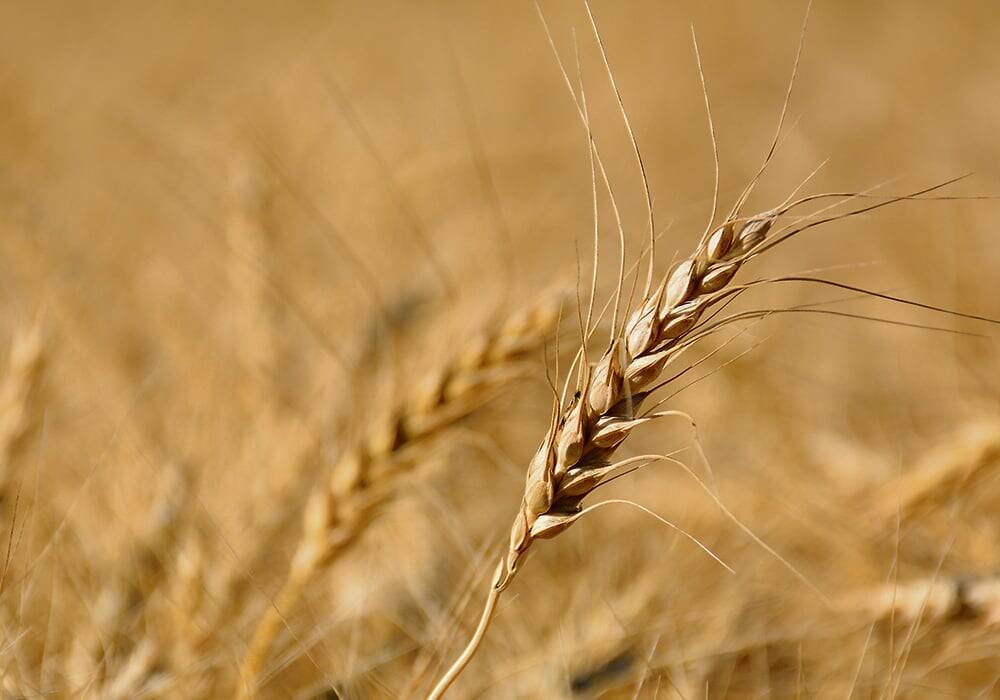MarketsFarm — Dale Risula, Saskatchewan’s provincial specialist for pulses, forages and specialty crops, said that while this year’s harvest is progressing well, he expects average-at-best pulse production this year.
As of Sept. 4, the province’s dry pea harvest was 92 per cent complete, while 91 per cent of the lentil crop was combined. Only 51 per cent of Saskatchewan’s chickpea crop was harvested.
“Most of the crops have reached maturity already or are almost there,” Risula said. “It will be done way ahead of time this year, that’s for sure.”
Read Also

Prairie CWRS bids rise, other wheats mixed
Canada Western Red Spring (CWRS) wheat bids across the Prairie provinces saw some strength during the week ended Nov. 11, taking some direction from the United States futures. However, other wheat classes were mixed.
Crop conditions were varied across the province, with the worst conditions in the southwest and the best conditions in the northeast, especially around Melfort, according to Risula.
“I think variability was caused with the sporadic rainfall that (other places) may not have received. If they caught a shower at the right time, it was helpful. If they missed it, it was detrimental to the crop,” he said.
Risula added that most of the reports he heard had lentil yields at 30 to 40 bushels per acre, while also hearing some places had recorded 60 bu./ac. and at least one only producing five bu./ac.
“Overall, though, I’d say we’re probably headed for an average growing season. Maybe slightly, slightly lower than the long-term average, but pretty close to the average,” he said.
Due to the dry conditions in many parts of Saskatchewan, Risula expects chickpeas to fare the best out of the other pulse crops. On the other hand, faba beans, which are mostly grown in the northeast, are “very short” and he also expects the lentil crop to be in better condition than dry peas.
Crimson lentil prices have risen between six and eight cents/lb. compared to last year, while those for other varieties have jumped between 15 and 21 cents/lb., according to Prairie Ag Hotwire.
Risula said this is largely due to declining seeded area because of competition from other crops. It’s too early to say whether or not the higher prices will result in more acres next year, he added.
Statistics Canada’s latest principal field crop estimates will be released Thursday.
“Our production levels (for pulses) might be slightly lower than last year. That will be based on the average yield realized for this growing season,” Risula said. “The yields might be a little bit lower than what they were in 2022.”
— Adam Peleshaty reports for MarketsFarm from Stonewall, Man.















